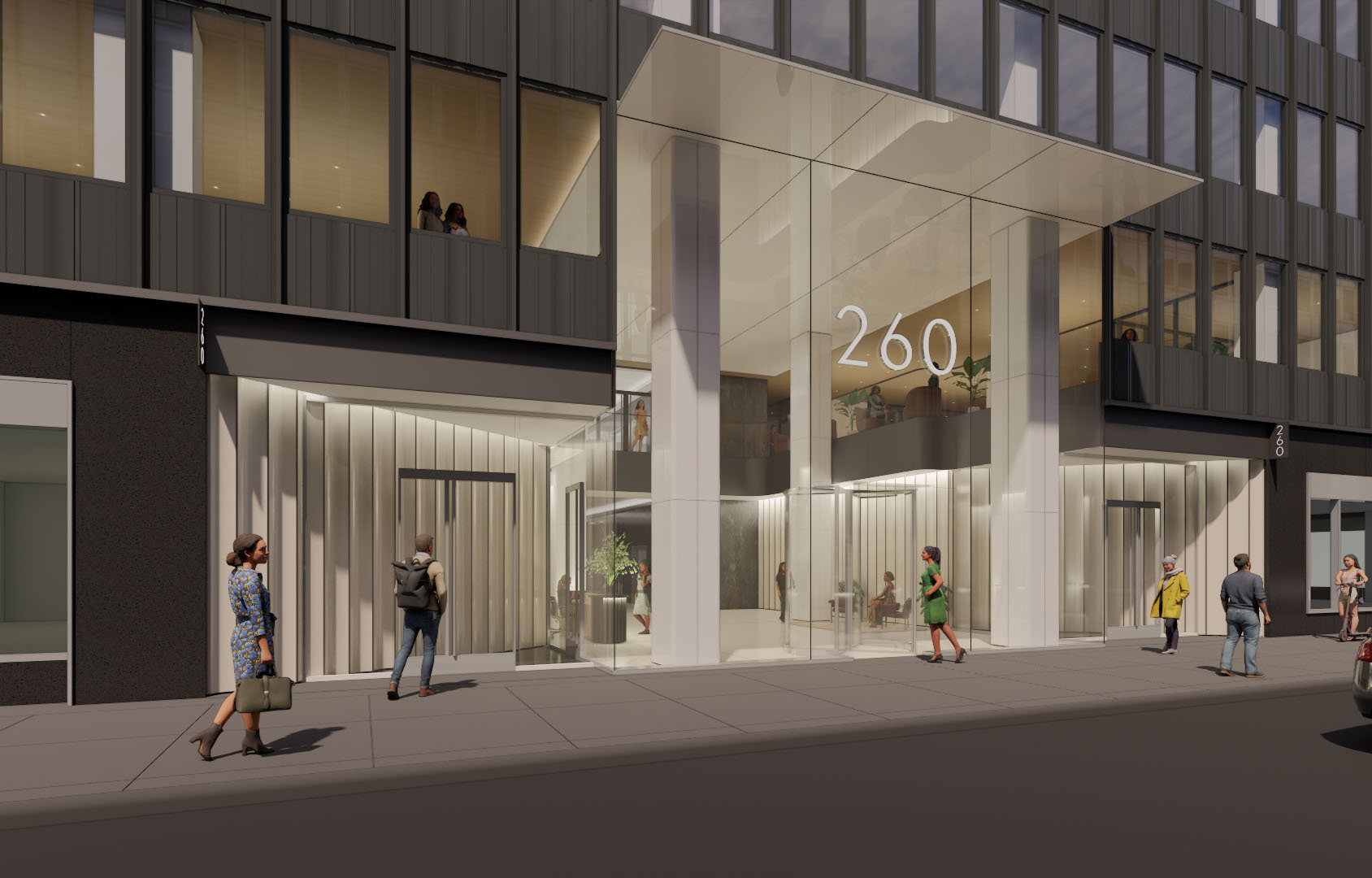News:
Brokerage
Posted: September 26, 2007
Considerations when investing in multifamily apartments projects
Rental apartments are still a popular form of housing in this country. According to the 2000 Census-General Housing Characteristics in NYS, alone there are 7.056 million occupied housing units, of which 3.317 million are renter occupied. This statistic certainly reinforces the investment activity taking place in multifamily apartment complexes.
Apartment projects may be 10, 50, 100 or 1,000 units or more. Regardless of size, basic financial principles and financial analysis are essential. Knowing your client's investment criteria and their absolute return percentage is important. For example, a particular investor may not consider any investment that has a cash-on-cash return below 15%. That being said, calculating the cash-on-cash return is necessary for them to make an investment decision. A few percentage points, or depending on the size of the investment, a few basis points could mean a loss of income and thousands of dollars lost. Consider the following:
A 150-unit apartment complex purchased for $6.75 million with $750,000 allocated to the land with a $1.35 million cash down payment.
* $1.25 million gross annual rental income
* $615,000 operating expenses
* $635,000 net operating income
* $432,000 debt service interest only at 8%
* $203,000 net cash flow before taxes
* $153,840 depreciation at 0.02564%
* $49,160 taxable income
* $17,206 taxes (35% bracket)
* $203,000 net cash flow before taxes
* $17,206 taxes
* $185,794 net cash flow after taxes
$185,794 net cash flow after taxes÷ $1.35 million down payment = 13.76% cash-on-cash return on investment.
When a cash-on-cash analysis is provided on a property it is usually computed by dividing the before tax cash flow by the down payment. If the cash-on-cash return were calculated this way in the example above, it would have been 15.03% or a difference of 1.27%. Since depreciation and taxes were taken into consideration, the actual cash-on-cash return was lower; not by much, but maybe enough to put it below your investor's threshold. Also, though the percentage may appear to be small, keep in mind it is only for a one year period. Multiply this by the projected holding period of the property and it can result in a significant amount of cash the owner will not be receiving.
When searching for an investment property for a client, be sure to ask about their tax bracket and take a little extra time to give them a more accurate return on their investment.
Gregory Oehler, MBA, is a branch leader at Hunt Commercial Real Estate, Rochester, N.Y.
Tags:
Brokerage
MORE FROM Brokerage
Berger and Koicim of Marcus & Millichap sell 17-unit multi-family for $8.8 million
Manhattan, NY Marcus & Millichap negotiated the sale of 207 E. Fourth St., a 17-unit mixed-use multi-family property the East Village. The asset sold for $8.8 million. “This transaction underscores

Quick Hits
Columns and Thought Leadership

Behind the post: Why reels, stories, and shorts work for CRE (and how to use them) - by Kimberly Zar Bloorian
Let’s be real: if you’re still only posting photos of properties, you’re missing out. Reels, Stories, and Shorts are where attention lives, and in commercial real estate, attention is currency.

Strategic pause - by Shallini Mehra and Chirag Doshi
Many investors are in a period of strategic pause as New York City’s mayoral race approaches. A major inflection point came with the Democratic primary victory of Zohran Mamdani, a staunch tenant advocate, with a progressive housing platform which supports rent freezes for rent

AI comes to public relations, but be cautious, experts say - by Harry Zlokower
Last month Bisnow scheduled the New York AI & Technology cocktail event on commercial real estate, moderated by Tal Kerret, president, Silverstein Properties, and including tech officers from Rudin Management, Silverstein Properties, structural engineering company Thornton Tomasetti and the founder of Overlay Capital Build,

Lasting effects of eminent domain on commercial development - by Sebastian Jablonski
The state has the authority to seize all or part of privately owned commercial real estate for public use by the power of eminent domain. Although the state is constitutionally required to provide just compensation to the property owner, it frequently fails to account








.jpg)
.gif)
.gif)